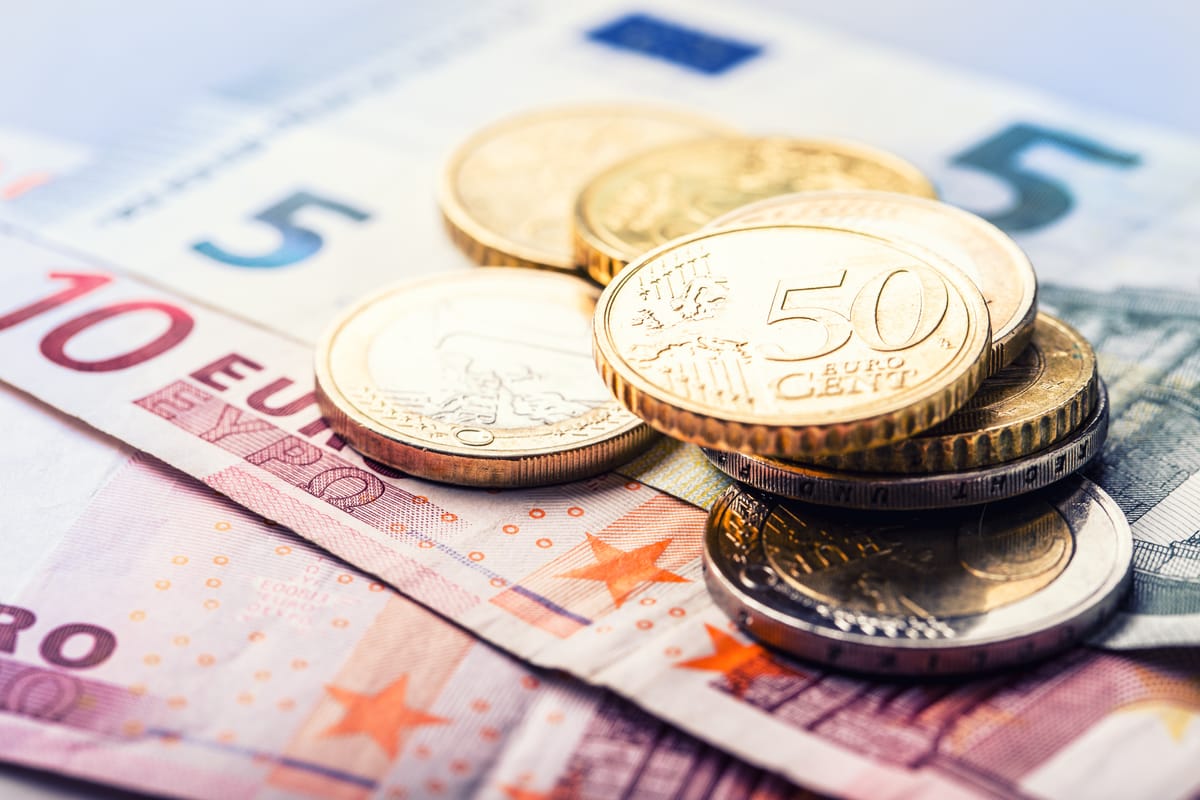GBP/EUR exchange rate week review: pound tumbles from multi-month high versus euro
11/11/2024 to 15/11/2024: The pound touched it's highest level in over two and a half years as the euro continued to be pressured by Trump's triumph before being knocked off its perch by a lacklustre UK jobs report.

Monday
The pound euro (GBP/EUR) exchange rate nudged above the €1.21 benchmark, touching a multi-month high amid ‘Trump trade’.
Donald Trump’s election "promises" became much easier to implement after it was confirmed that the Republicans had taken control of Congress. This power detracted investors from the euro in the wake of the president-elect’s pledge to raise import tariffs – a move that’s expected to damage the Eurozone economy given its economic dependence on its largest trading partner.
Tuesday
The pound euro rate was toppled from its highest level since April 2022 by the UK’s latest jobs report, which delivered a triumvirate of gloomy stats for the third quarter: the unemployment rate rose to 4.3%, wage growth slowed to the lowest in more than two years, and the number of vacancies declined again.
The single currency’s gains were capped by deteriorating business sentiment in Germany and the wider bloc.
Wednesday
Having dropped to a one-week low of around €1.1985, the pound was kept afloat by hawkish comments from Bank of England (BoE) rate-setter Catherine Mann.
Mann’s belief that inflation remains sticky and will probably overshoot central bank forecasts in the medium-term, dampened expectations of further interest rate cuts. This reflected her decision to cast the lone vote against lowering borrowing costs last week.
Contact a currency specialist to discover how they can help you take control of exchange rates.
Thursday
The pound euro rate traded without a clear direction, traversing the bottom of the €1.20 range amid a data lull that left the UK currency struggling to find support.
A deeper-than-expected decline in Eurozone industrial production applied pressure to the euro. The seasonally adjusted reading decreased by 2% in September compared to the previous month. Year-on-year, industrial production dropped by 2.8% in the bloc.
The single currency’s downside was limited by contrasting comments from European Central Bank (ECB) policymakers over the pace of interest rate cuts.
Friday
The pound sunk to around €1.197 following the publication of data showing the UK economy stalled in the third quarter and contracted in September.
GDP expanded by just 0.1% as the UK’s dominant services sector floundered during the three months to September. The print was less than forecasts for a 0.2% rise and well below the second quarter’s 0.5% expansion. The data also showed that the powerhouse services sector expanded just 0.1%, down from 0.6% in the previous quarter.
Looking ahead
The UK’s Consumer Price Index (CPI) for October hits the headlines on Wednesday. If, as expected, the CPI shows a 2.1% rise in the year to October, up from 1.7% and implying a 0.4% rise in inflation month-on-month, the pound could find support amid reduced BoE rate cut bets.
